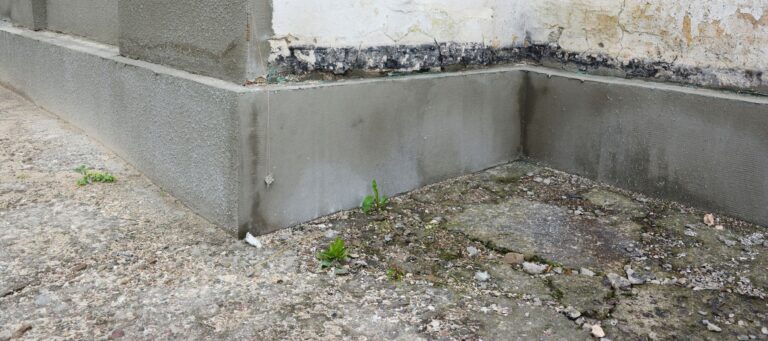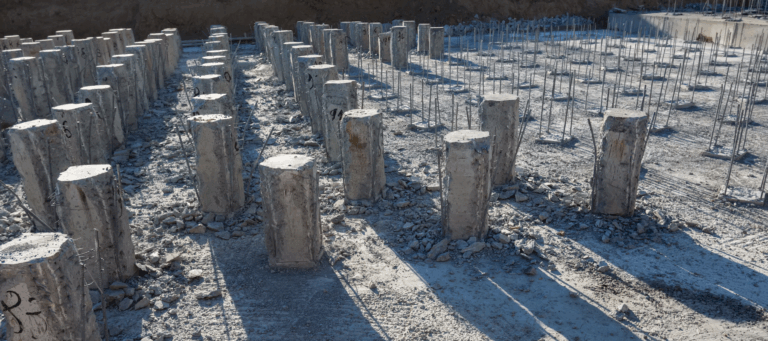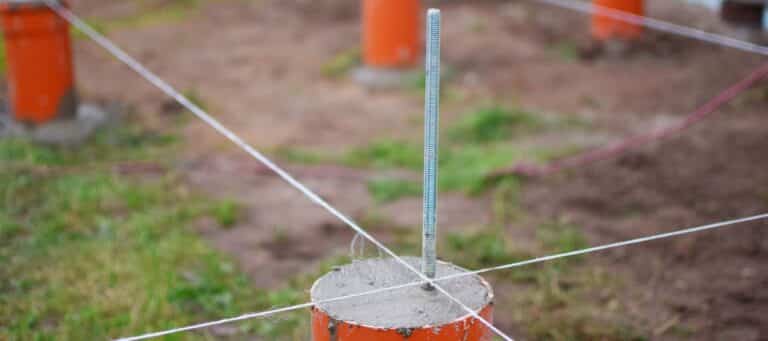While it can be stressful for homeowners to deal with foundation damage, it’s important to address the issue promptly. If you notice any early signs of foundation problems, it’s advisable to have the Fort Worth foundation damage repair experts at G.L. Hunt provide a free estimate. The longer you wait, the more extensive and costly the repairs can become. That’s why it’s crucial to closely monitor your home for symptoms of foundation problems and take action before they worsen.
Causes of Foundation Damage
Foundation damage is typically caused by soil-related issues beneath your home. In the United States, most soils are expansive, meaning they expand when they absorb water and shrink when they dry out. This continuous cycle of expansion and shrinking creates hydrostatic pressure and shifts the soil beneath your foundation.
What is Hydrostatic Pressure?
Hydrostatic pressure refers to the weight of the water in the soil as it presses against a solid object, such as your foundation. During heavy rainfall, the soil around your foundation absorbs water and swells, exerting excessive pressure and stress on your foundation walls. When the soil eventually dries out and shrinks, the hydrostatic pressure is relieved, but your foundation may now rest on less stable, shifting soil. This ongoing cycle of pressure and soil movement can result in foundation damage, including cracks and water leakage.
Symptoms of Foundation Damage
While normal foundation settlement usually doesn’t cause noticeable issues, uneven settling or sinking due to foundation damage can lead to various early warning signs. By being vigilant, you can identify these symptoms of foundation damage and recognize the need for foundation repair.
Foundation Cracks
The presence of foundation cracks is a significant indication of underlying issues with your home’s foundation. Cracks that measure less than ⅛” in width generally don’t require immediate concern and can be repaired with patching. However, if you notice foundation cracks wider than 1/8″ and running horizontally, it typically indicates the need for foundation repairs.
Bowing Walls or Gaps Where The Wall and Floor Meet
Bowing walls, whether in your house or basement, require prompt attention and remediation. They pose a risk of collapsing and can cause extensive damage to your home. Additionally, bowing walls often coincide with the presence of cracks. These foundation cracks allow moisture to penetrate your home, further exacerbating the problem.
Sticking Windows and Doors That Don’t Shut Easily
Sometimes, homeowners may mistake sticking windows or doors that no longer fit properly within the frame as a normal settling issue. However, this is not the case. If your house has become so uneven that basic functions like opening windows and doors have become challenging, it indicates foundation damage that should be addressed.
Uneven or Bouncy Floors
Do you experience a noticeable movement or hear objects rattling when walking across your floor? A properly supported floor should not exhibit such excessive movement. Uneven, sagging, or bouncy upper-level wood floors are often a result of foundation issues. However, other factors like shifting interior basement or crawl space columns or sagging floor joists may also contribute to uneven floors. Our experts can accurately identify the cause and provide a suitable solution.









